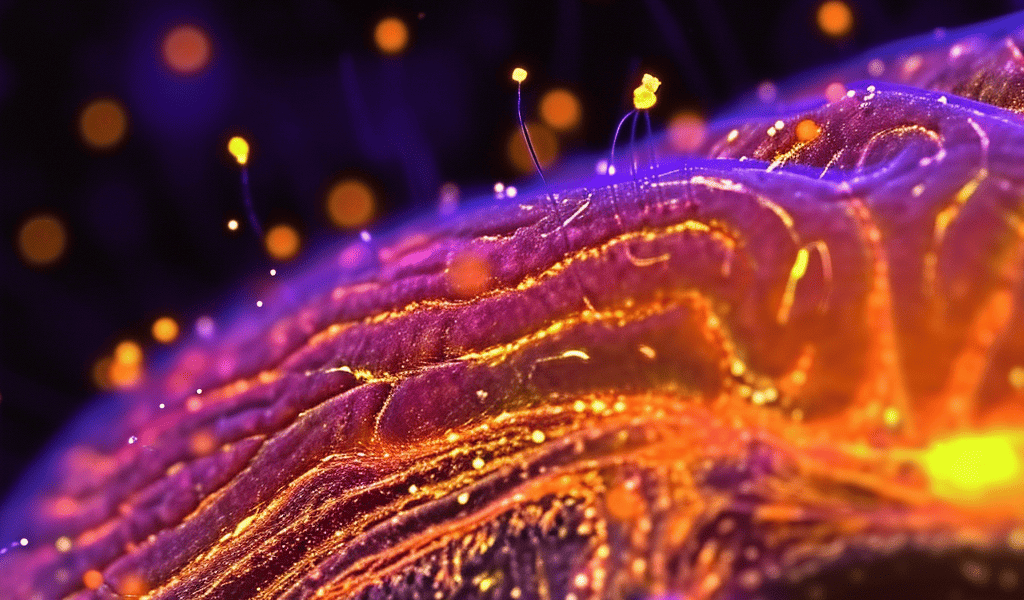Researchers have made a groundbreaking discovery in the treatment of Parkinson’s disease using magnetized neurons. A team of scientists has reported in Nano Letters about a new technique called magnetogenetics, which uses tiny magnets to wirelessly stimulate specific gene-edited nerve cells in the brain. This innovative approach effectively relieved motor symptoms in mice without causing damage to surrounding brain tissue.
Deep brain stimulation (DBS) has long been used to treat disordered movement in Parkinson’s disease by implanting electrodes in the brain to activate nerve cells in the subthalamic nucleus (STN). However, this invasive method carries potential risks such as brain hemorrhage and tissue damage, making it suitable only for late-stage patients or when symptoms are no longer manageable with medication.
In a significant step towards a less invasive treatment, researchers Minsuk Kwak and Jinwoo Cheon, along with their colleagues, developed a wireless method using nanoscale magnets tagged with antibodies to target STN nerve cells. These magnets were injected into the brains of mice with Parkinson’s disease, and the nerve cells had previously been modified with a gene to activate in response to an externally applied magnetic field.
The results were promising, with the mice exposed to the magnetic field showing improved motor function comparable to healthy mice. Moreover, multiple exposures to the magnetic field led to the retention of motor improvements, indicating the potential for sustained benefits from this treatment. Importantly, the treated mice showed no significant damage to the nerve cells around the STN, suggesting that this approach could offer a safer alternative to traditional DBS.
This groundbreaking research opens up new possibilities for the treatment of Parkinson’s disease and paves the way for less invasive and potentially safer methods of addressing the motor symptoms associated with the condition. The use of magnetized neurons through magnetogenetics represents a promising avenue for future developments in the field of neurology and could offer hope for improved quality of life for patients with Parkinson’s disease.





